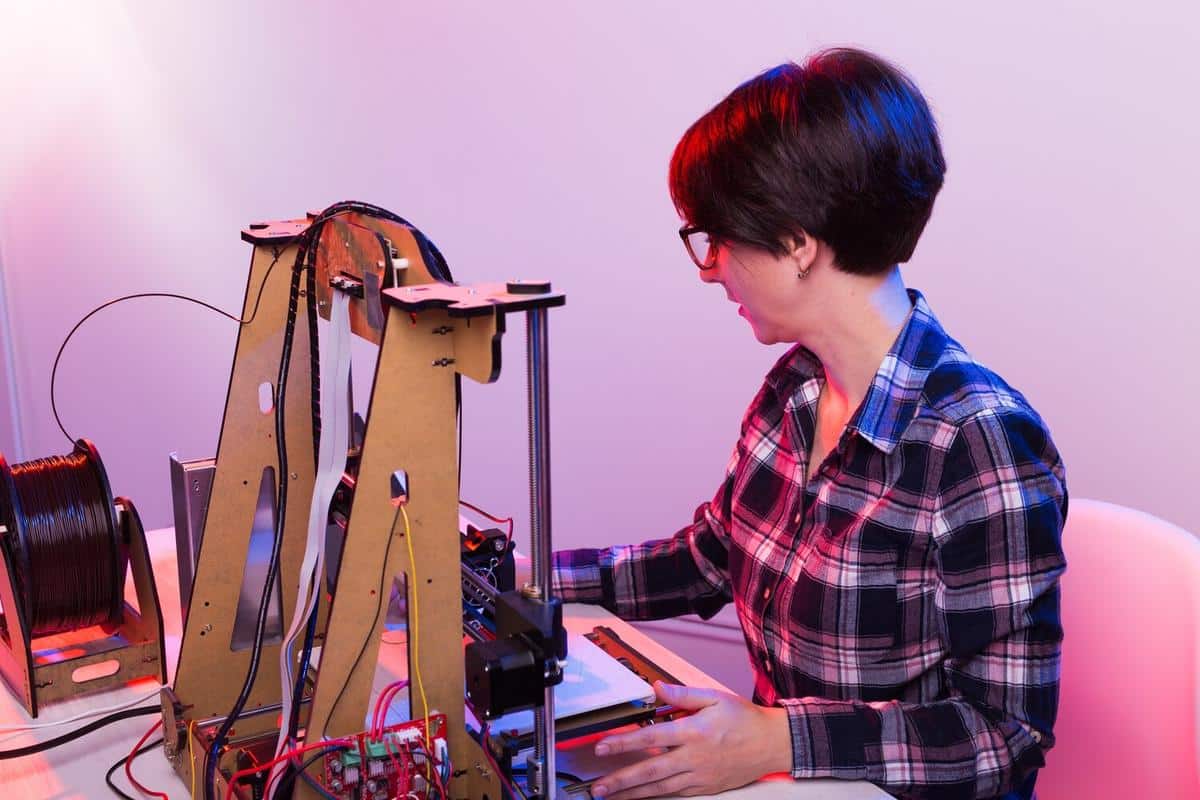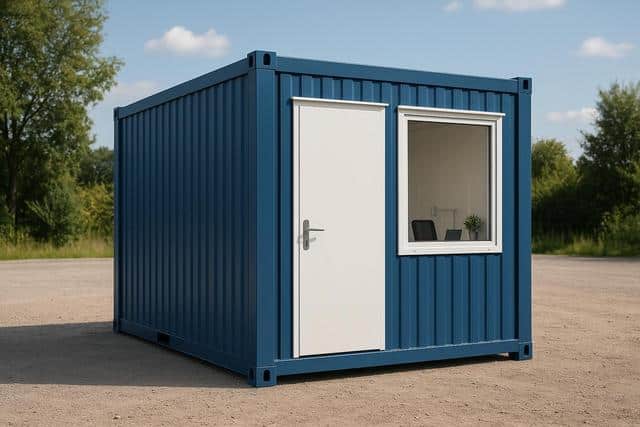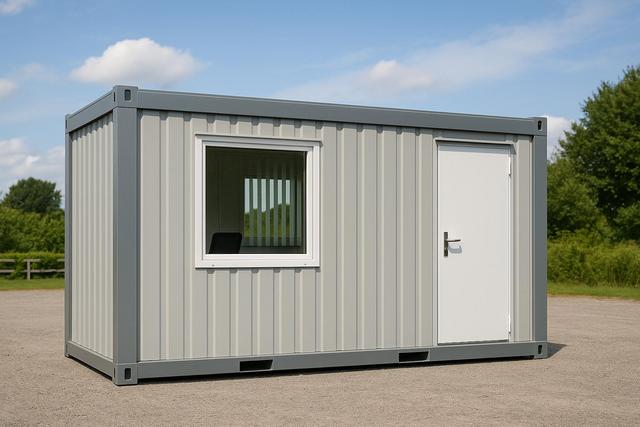
3D Printing: A Game Changer for Fashion Design
The intersection of technology and fashion has brought about revolutionary changes, and one standout innovation is 3D printing. This cutting-edge technology is reshaping the landscape of fashion design, offering designers unprecedented freedom and capabilities.
3D printing in fashion design is more than just a trend; it’s a transformative force that is here to stay. By allowing designers to create intricate patterns and structures that would be impossible to achieve with traditional methods, 3D printing is pushing the boundaries of creativity. Experts from the fashion industry, like renowned designer Iris van Herpen, have praised 3D printing for its ability to bring abstract ideas to life, stating that it offers ‘a new dimension of creativity.’
Innovative Applications in Fashion
One of the most exciting aspects of 3D printing is its application in creating unique, custom-fit garments. According to a study by the Fashion Institute of Technology, 3D printed clothing can reduce material waste by up to 30%, making it a sustainable choice for environmentally-conscious designers.
Fashion Institute of Technology: 3D printed clothing can reduce material waste by up to 30%.
In addition to sustainability, 3D printing offers personalization options that were previously unimaginable. For instance, fashion enthusiasts can now print custom accessories or even entire outfits tailored to their specific measurements and preferences.
Challenges and Considerations
Despite its potential, 3D printing in fashion is not without challenges. The technology requires significant investment in terms of both time and money, and there’s a steep learning curve for designers unfamiliar with the software and hardware involved. However, with patience and dedication, these hurdles can be overcome.
| Aspect | Traditional Design | 3D Printing |
|---|---|---|
| Material Waste | High | Low |
| Customization | Limited | Extensive |
| Production Time | Long | Variable |
| Cost | Variable | High (initially) |
| Design Complexity | Moderate | High |
| Learning Curve | Moderate | Steep |
| Environmental Impact | Significant | Reduced |
| Market Availability | Wide | Growing |
Future Prospects
The potential of 3D printing in fashion is vast. As the technology becomes more accessible and affordable, we can expect to see even more innovative designs and sustainable practices emerge. Industry experts predict that 3D printing will become a standard tool in every designer’s toolkit within the next decade.
Frequently Asked Questions
What materials are used in 3D printing for fashion?
Common materials include PLA, ABS, and TPE, which are selected based on the desired flexibility and strength of the final product.
Is 3D printing in fashion sustainable?
Yes, 3D printing can significantly reduce waste and promote sustainable practices by using only the necessary amount of material.
Can 3D printing be used for mass production in fashion?
Currently, 3D printing is more suited for custom pieces and small-scale production, but advancements are being made to increase its efficiency for larger runs.
Conclusion
3D printing is undoubtedly a game changer for fashion design, offering endless possibilities for innovation and sustainability. As designers continue to explore this technology, the fashion industry is poised for a future where creativity knows no bounds. Whether you’re a designer or a fashion enthusiast, the time to embrace 3D printing is now. Dive into this exciting world and see how it can transform your approach to fashion.


